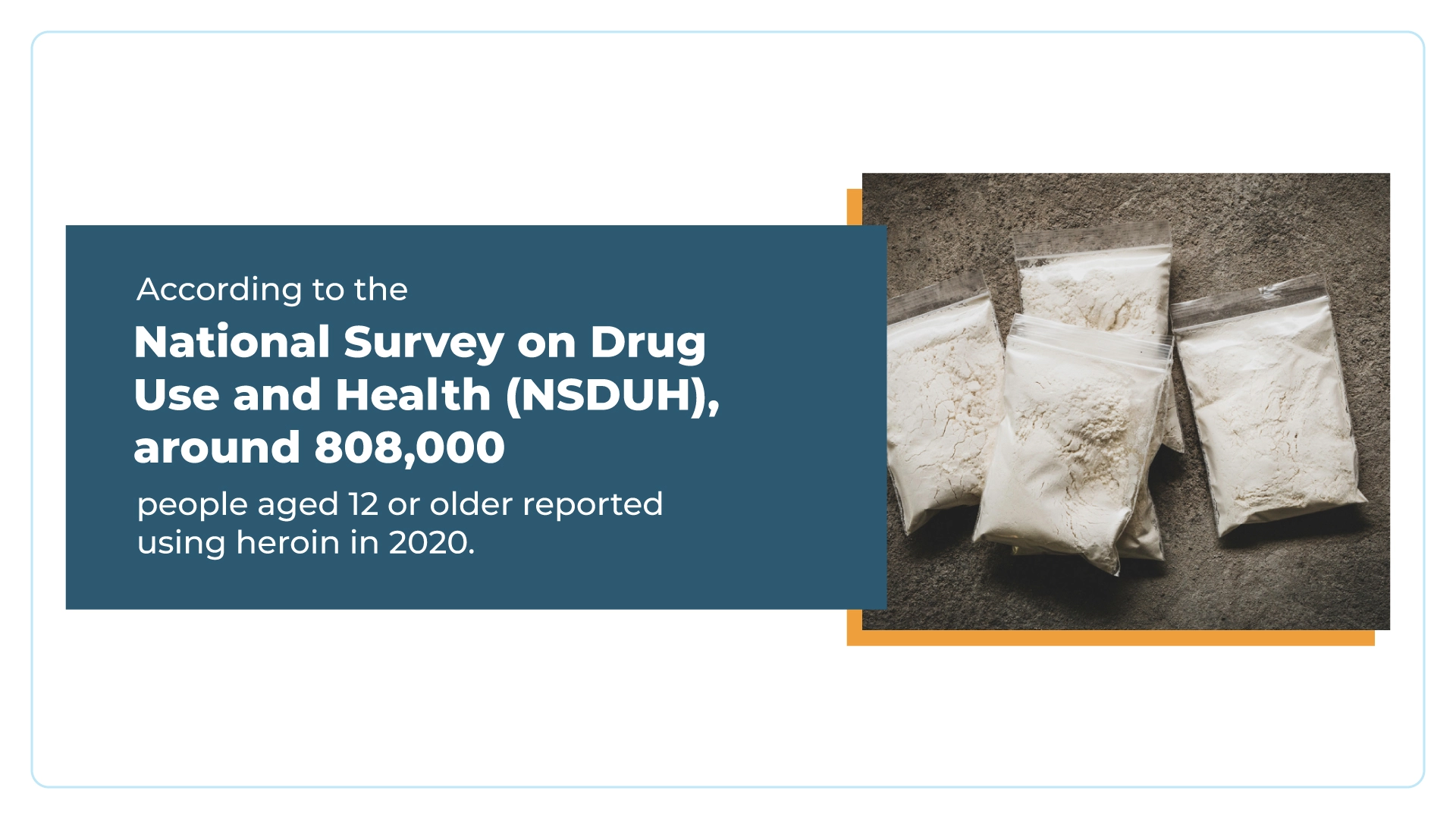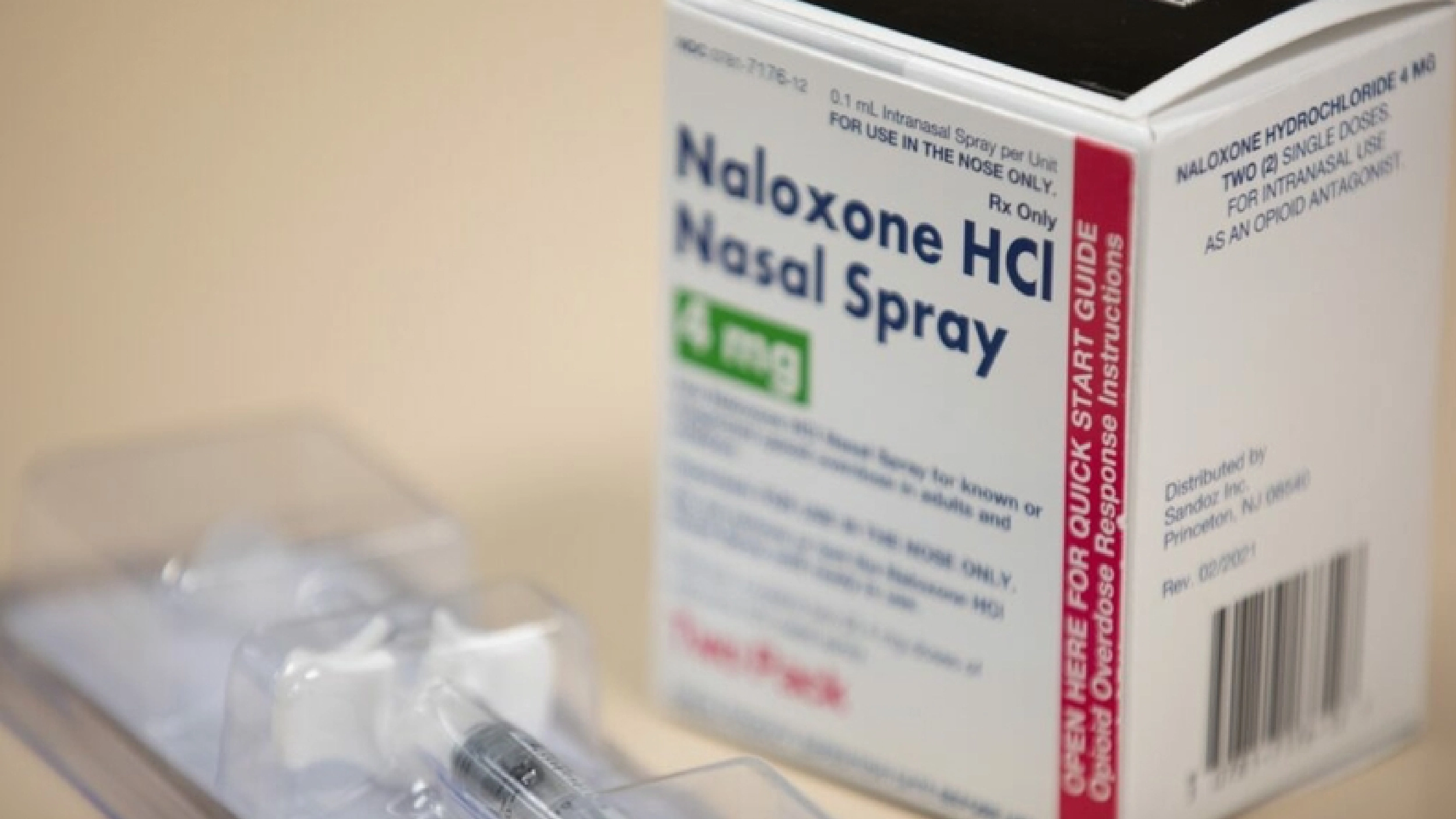
A Guide To Repairing Family Relationships
Discover expert tips for repairing family relationships and fostering healthy connections with The Recovery Team.

Heroin addiction develops when the brain becomes reliant on heroin to experience pleasure. Identifying signs of heroin use is vital for early intervention.
Keep reading to learn how to recognize heroin use in your loved ones and help them find their way to recovery.
Identifying signs of heroin use is vital for early intervention. Here’s what you need to know:
The Recovery Team provides compassionate support and evidence-based interventions for a transformative journey to recovery. Call us at (800) 817-1247 to explore our services.
According to the National Survey on Drug Use and Health (NSDUH), around 808,000 people aged 12 or older reported using heroin in 2020.
Individuals and communities need to stay informed about these statistics, as they provide valuable insights into the challenges posed by heroin use in the country. Awareness is a crucial step toward addressing this growing public health concern.
Identifying physical signs is a key aspect of recognizing heroin use.
These physical manifestations may be subtle, but their presence can signal the need for further investigation.
Upon heroin use, individuals experience immediate effects that influence both their physical and mental state. The drug rapidly crosses the blood-brain barrier, leading to an intense feeling of euphoria. A dry mouth, warm skin flushing, and a heaviness in the extremities accompany this rush. However, these sensations are short-lived, typically lasting only a few minutes.
Long-term heroin use can result in severe health consequences. Chronic respiratory issues, including pneumonia and tuberculosis, may arise. The risk of overdose also increases with prolonged use as the body develops tolerance, requiring higher doses for the same effect.
Furthermore, individuals may face challenges in various aspects of life, such as strained relationships, financial struggles, and legal issues.
Behavioral changes often accompany the use of heroin. Social withdrawal is an expected behavioral indicator as individuals become increasingly isolated from friends and family.
Neglecting responsibilities, such as work or school obligations, is another red flag. Additionally, sudden financial difficulties may arise, reflecting the high cost associated with maintaining a heroin habit.
The immediate behavioral effects of heroin use include a noticeable shift in mood and behavior. People may oscillate between euphoria and drowsiness, often called “nodding off.” During these episodes, individuals may struggle to stay awake and engaged in their surroundings.
Over time, the impact on behavior becomes more pronounced. Persistent mood swings, irritability, and a decline in personal hygiene are common.
The individual’s focus shifts almost entirely to obtaining and using heroin, leading to neglect of other aspects of life. Employment and educational opportunities may be compromised, contributing to a downward spiral in overall well-being.
The presence of specific paraphernalia can provide concrete evidence of heroin use. Needles, syringes, and burnt spoons are commonly associated with the preparation and injection of the drug.
Burnt foil or small plastic bags with powdery residue may also be indicative of heroin use. Identifying these items in an individual’s possession or living space signals that intervention is necessary.
Withdrawal symptoms are a challenging aspect of heroin addiction and can serve as a compelling indication of dependency.
The severity of withdrawal symptoms underscores the need for professional assistance and medical supervision during the detoxification process.
If you suspect a loved one is using heroin, approach the situation with care and awareness. Heroin, derived from morphine and affecting opioid receptors, poses serious risks, including overdose. Identifying signs such as altered personality traits, increased heart rate, or the presence of black tar heroin (a black sticky substance) requires attention.
Environmental factors, like substance exposure in the streets, contribute to the risk of heroin use. Research indicates a link between substance use disorders and mental health, highlighting the need for a comprehensive approach to treatment.
If symptoms of heroin addiction arise, experts recommend seeking help promptly. Medications are available to address opioid use disorder, reducing the likelihood of relapse.
Family members play a vital role in supporting their loved ones through the challenging journey of overcoming heroin abuse, considering the impact of environmental and genetic risk factors. In addition, combining a supportive environment with professional treatment enhances the likelihood of recovery.
The Recovery Team is a facility that has been created to help you overcome addiction, whether it’s to heroin or any other substance.
Explore our residential program, where care, counseling, and a structured schedule lay the groundwork for long-term recovery. Ensure a smooth and assisted reintegration by transitioning through our transitional living.
Our dual diagnosis program handles both addiction and underlying mental health conditions at the same time, while individual therapy provides one-on-one counseling sessions to help you recognize triggers, create coping methods, and build resilience against relapse.
So, illuminate the path to a life of resilience and joy. To begin your unique route to sobriety, call (800) 817-1247 for more information.

Discover expert tips for repairing family relationships and fostering healthy connections with The Recovery Team.

Discover practical tips on how to set boundaries with people in this expert guide from The Recovery Team.

Naloxone saves lives. The Recovery Team shares how to reverse an opioid overdose with this drug.
Heroin addiction, a form of substance abuse, poses severe risks, including heroin overdose. The National Institute notes that the brown powder or combination of heroin with alcohol intensifies dangers, leading to permanent brain damage or death.
Researchers at the U.S. Centers underline an increased risk among teens due to genetic components. Having a first-degree relative with heroin use disorder heightens susceptibility.
Physical dependence manifests through track marks, and illicit drug use negatively impacts the central nervous system. Identifying symptoms like altered mood, blood pressure changes, or an inability to stop using heroin is vital to earn recovery. Seeking medical attention, including medication-assisted treatment (MAT), is essential for recovery.